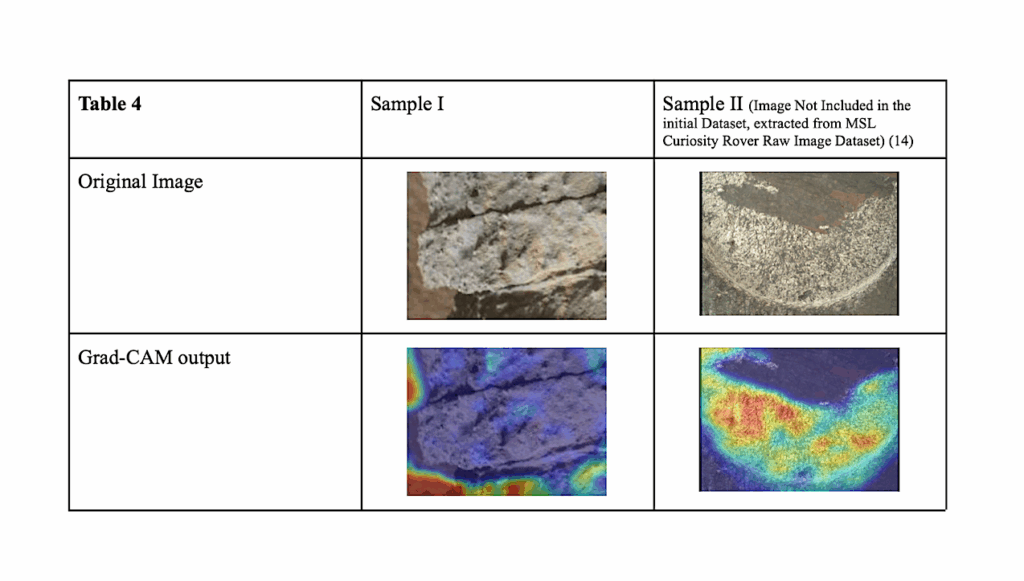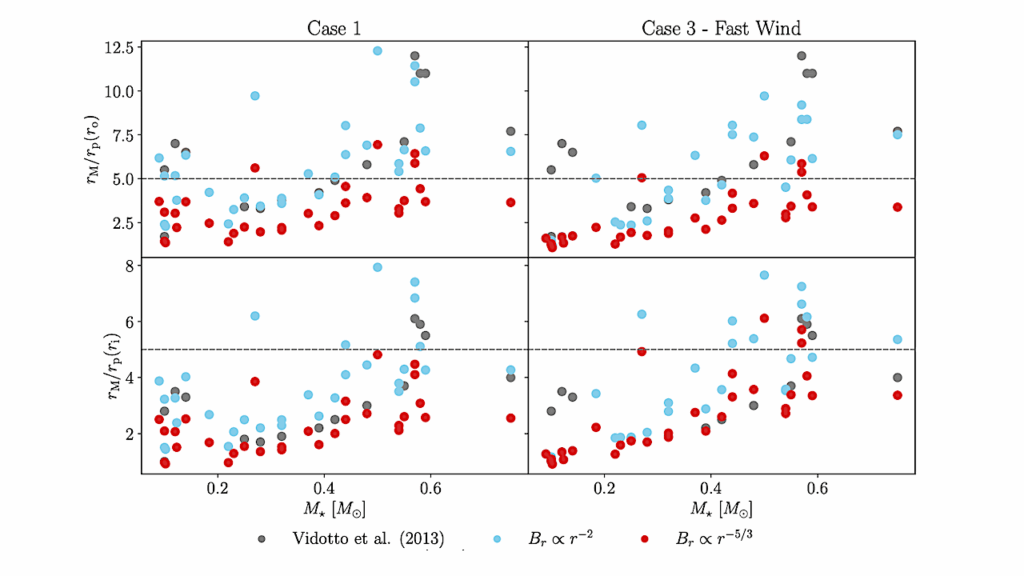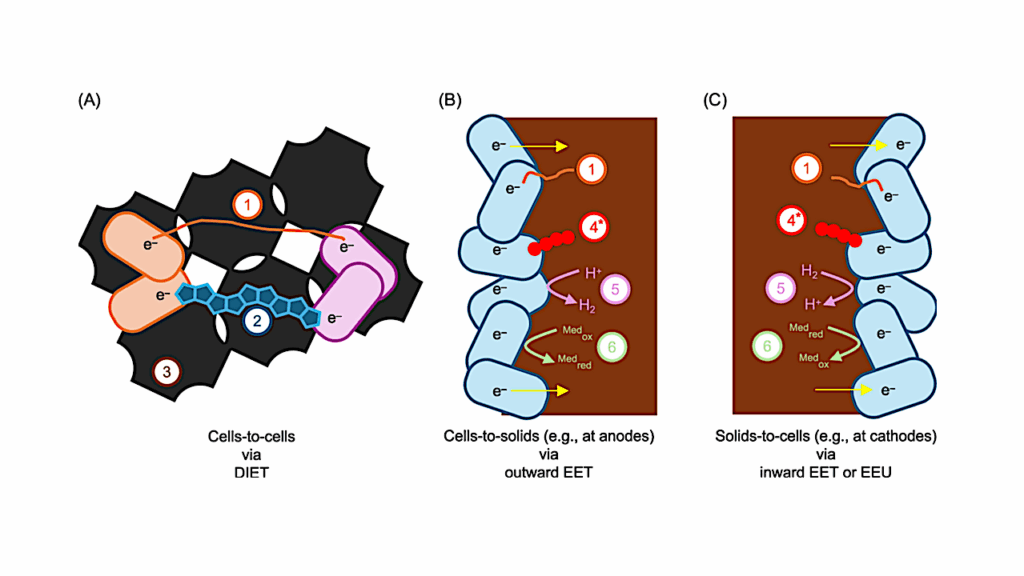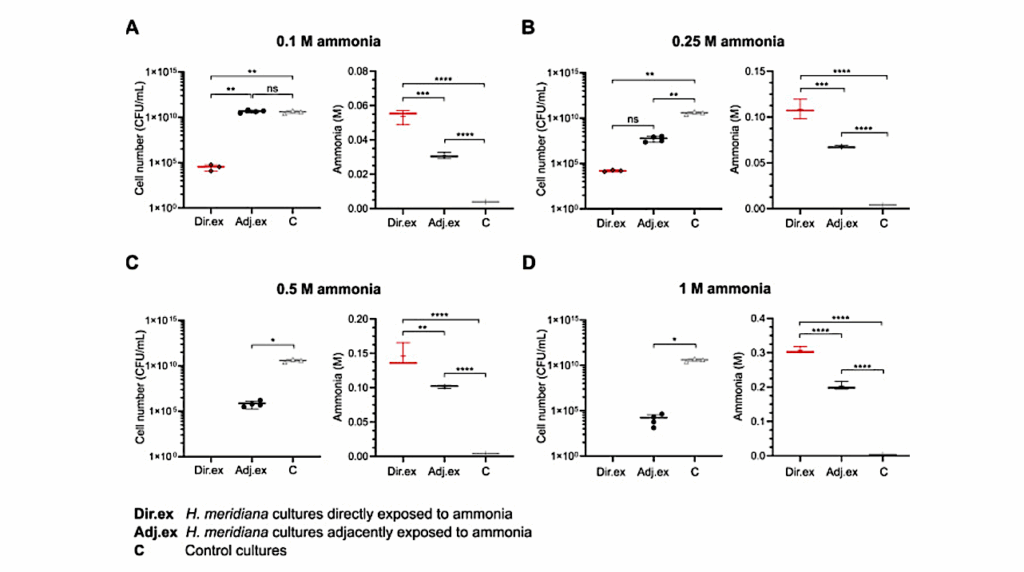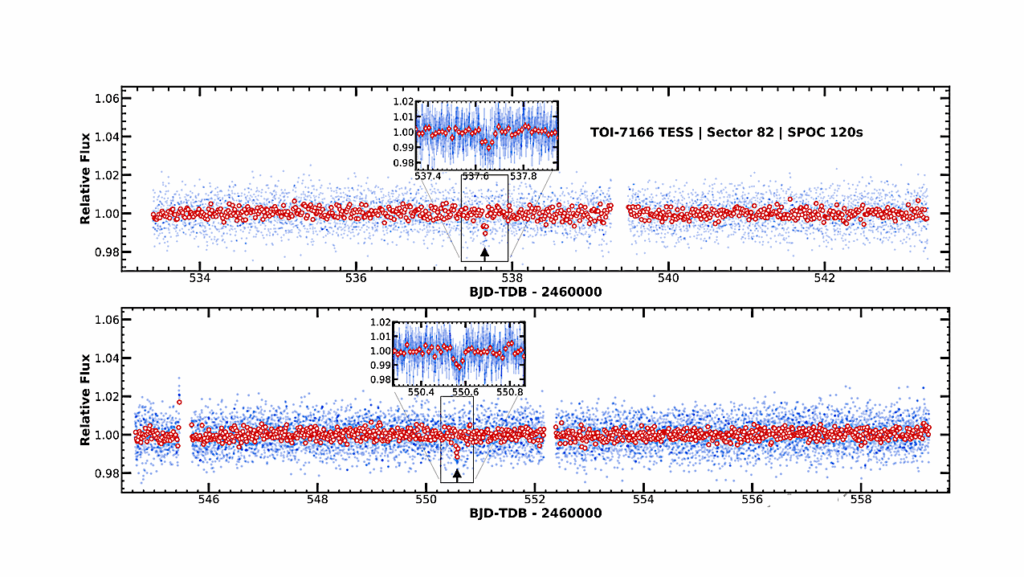Irradiated Ocean Planets Bridge Super-Earth And Sub-Neptune Populations
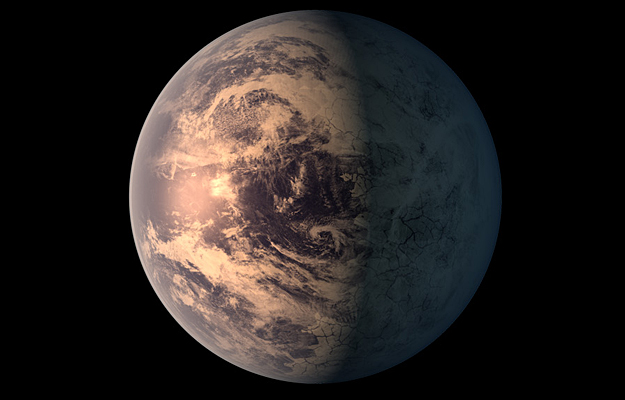
With radii ranging between those of the Earth (1 Rearth) and Neptune (~3.9 Rearth), small planets constitute more than half of the inventory of the 4000-plus exoplanets discovered so far.
This population follows a bimodal distribution peaking at ~1.3 Rearth (super-Earths) and 2.4 Rearth (sub-Neptunes), with few planets in between. Smaller planets are sufficiently dense to be rocky, but those with radii larger than ~1.6 Rearth are thought to display large amounts of volatiles, including in many cases hydrogen/helium gaseous envelopes up to ~30% of the planetary mass.
With orbital periods less than 100 days, these low-mass planets are highly irradiated and their origin, evolution, and possible links are still debated. Here we show that close-in ocean planets affected by greenhouse effect display hydrospheres in supercritical state, which generate inflated atmospheres without invoking the presence of large H/He gaseous envelopes. We derive a new set of mass-radius relationships for ocean planets with different compositions and different equilibrium temperatures, well adapted to low-density sub-Neptune planets.
Our model suggests that super-Earths and sub-Neptunes could belong to the same family of planets. The differences between their interiors could simply result from the variation of the water content in those planets. Close-in sub-Neptunes would have grown from water-rich building blocks compared to super-Earths, and not concurrently from gas coming from the protoplanetary disk. This implies that small planets should present similar formation conditions, which resemble those known for the terrestrial and dwarf planets in the solar system.
Olivier Mousis, Magali Deleuil, Artyom Aguichine, Emmanuel Marcq, Joseph Naar, Lorena Acuña Aguirre, Bastien Brugger, Thomas Goncalves
(Submitted on 12 Feb 2020)
Comments: 13 pages, 2 figures, submitted
Subjects: Earth and Planetary Astrophysics (astro-ph.EP)
Cite as: arXiv:2002.05243 [astro-ph.EP] (or arXiv:2002.05243v1 [astro-ph.EP] for this version)
Submission history
From: Olivier Mousis
[v1] Wed, 12 Feb 2020 21:34:48 UTC (523 KB)
https://arxiv.org/abs/2002.05243
Astrobiology



